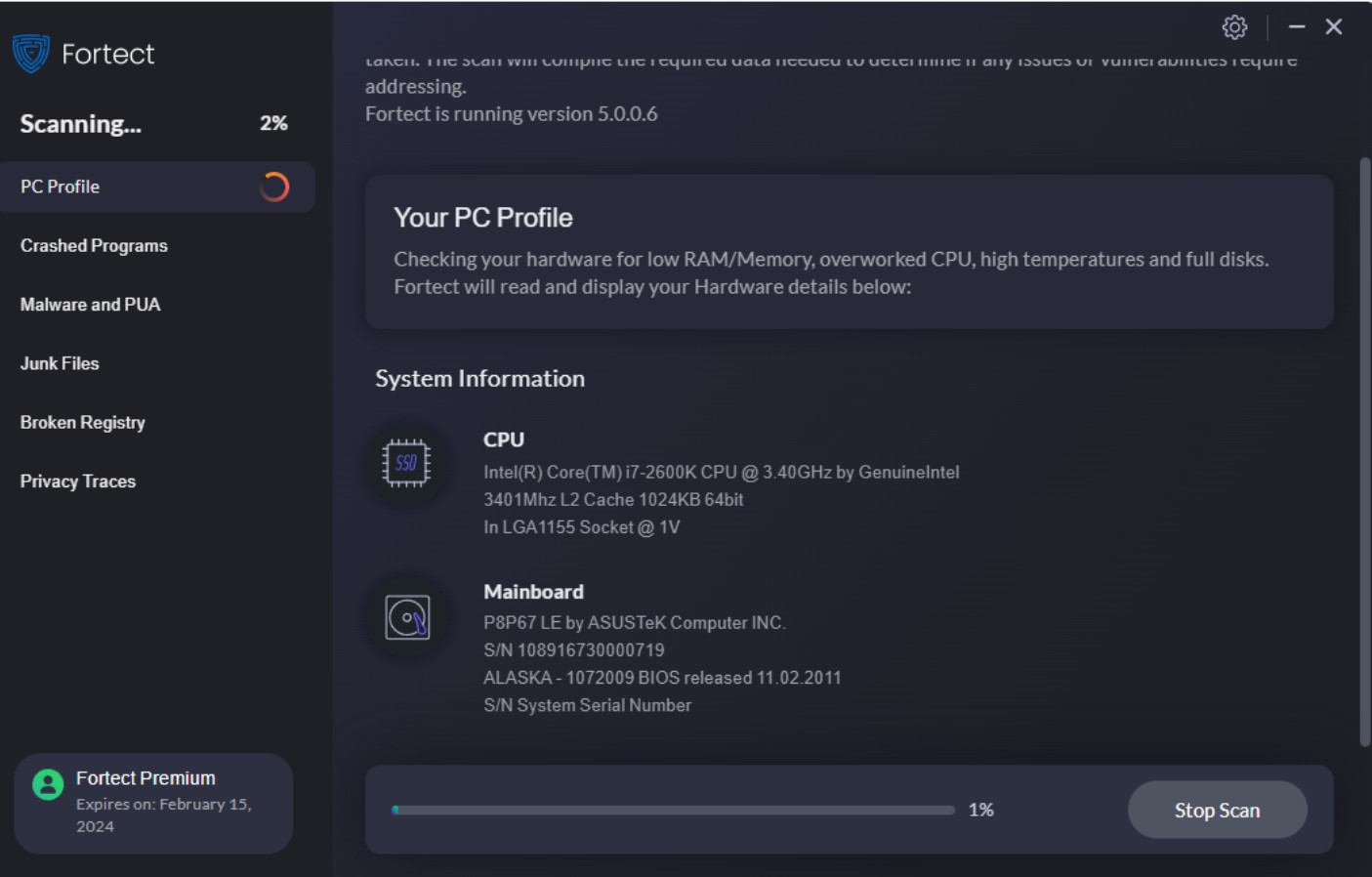How Does Windows Auto Repair Work? [How To Fix Restart Loop]
Windows Automatic Repair is a feature designed to automatically diagnose and fix issues that prevent Windows from starting properly. When a Windows PC encounters a problem during the boot process, it sometimes automatically launches this Auto Repair tool to prevent a restart loop.
It may perform a series of tests and repairs, such as:
- Checking the system files
- Running startup repairs
- Giving the option to restore Windows to a previous state
- It also performs system scans to identify corrupted or missing files
In some cases, disk checks are carried out to see if there is a relation between the error and bad sectors on the hard drive that houses the operating system.
Users can launch the Automatic Repair tool themselves by holding down the Shift key while selecting Restart from the Start menu. This will bring up the Windows Recovery Environment, where they can access numerous tools and Advanced Boot Options.
How does the Automatic Repair process work?
When automatic repair launches, you will see the message: Preparing Automatic Repair.
This may be followed by several loading screens as the tool tries to fix the problem by replacing corrupted files and other processes. However, if it fails, you may get the message: Automatic Repair couldn’t repair your PC.
This can start an annoying restart loop of its own, where the fix repeats and fails continuously. In this case, you must hold F8 to open Advanced Boot Options and run other fixes manually.
What causes Windows Automatic Repair?
There are several reasons that can cause the auto repair to launch on restart. Some of the most common include:
- Corrupted system files – If important system files are corrupted or missing, Windows may fail to boot properly, and the Automatic Repair tool will launch to attempt to repair the files.
- Hardware issues – Problems with hardware components, such as a failing hard drive or RAM, can cause the system to fail to start, prompting an automatic response from Windows.
- Malware or virus infections – Malware and viruses can cause severe damage to Windows, and the tool may launch to repair virus damage and let you scan with the antivirus program.
- Windows updates – When Windows updates fail, they can cause conflicts or errors that prevent Windows from booting. If a restart loop occurs, Windows will attempt to repair the problem automatically.
- Power failure or improper shutdown – If a computer experiences a sudden power failure or is shut down improperly, it can cause damage to system files or drivers, leading to issues with Windows booting and eventually entering auto repair.
How do I fix Windows if Automatic Repair fails?
It’s not uncommon for auto repair to fail if there are several overlapping problems with your system that aren’t picked up by the auto process.
Hardware failure is one reason why nothing might seem to work. In this case, you must replace the physical components to properly solve the problem.
If the system files that Windows needs to boot up and run properly become corrupted, Windows auto repair may not be able to fix the issue either. However, manually using Startup Repair from Advanced Boot Options might help.
Other fixes to get back to the desktop include:
Boot into Safe Mode – Restart your computer and hold the F8 key to access the Advanced Boot Options menu. Select Safe Mode and see if your computer is able to boot up without going into automatic repair. If you can boot into Safe Mode, you may be able to troubleshoot and fix the issue from there using in-built or third-party tools.

Use System Restore – If you have previously created a system restore point, you can try to restore your computer to a previous state when it was working correctly. To do this, boot into the Advanced Boot Options menu and then select System Restore. You can also access this during Safe Mode.
Use Command Prompt – Boot into the Advanced Boot Options and then select Command Prompt. From there, you can manually run various commands to troubleshoot and fix the issue, such as the System File Checker (SFC).
Repairing Windows with Fortect
If you can boot in Safe Mode or have been able to get back to the desktop and want to fully repair the system, Fortect is an excellent solution.

It takes a few minutes to scan your system and then replaces any corrupted or missing Windows system files from its up-to-date database of clean copies. It is also one of the rare tools that will automatically detect and fix problems with the Windows Registry.
Here’s what to do:
- Download and Install Fortect on your PC.
- When you launch the program, accept the request to scan.
- View & Fix to run individual repairs or click Start Repair to fix the entire system.
- Wait no longer than 30 minutes as Fortect downloads and installs any replacement files, such as DLLs.
Now that you are out of the Windows Auto Repair loop, you can ensure your system is back working in optimal condition.
Automatic Repair automatically detects and repairs Windows when it won’t boot to the desktop. However, it doesn’t always work and can get stuck in its own never-ending loop of failure.
To fix this you can manually run repair tools from Advanced Boot Options. Alongside, a Windows repair tool like Fortect can ensure you get your system back to full working order.






